Content Harmony vs. Dashword: A battle of SEO titans. We’ll analyze their strengths, weaknesses, and pricing to reveal the ultimate champion in this fierce competition.
Comparison Content Harmony and Dashword
Choosing the right SEO tool can be a game-changer for your online presence. Both Dashword and Content Harmony offer powerful features designed to streamline your SEO workflow and boost your search engine rankings.
This detailed comparison delves into the functionalities, strengths, and weaknesses of each platform to help you make an informed decision based on your specific needs and priorities.
Content Harmony
Content Harmony emphasizes a structured content workflow, utilizing AI and competitor analysis to create data-driven content briefs that fuel high-performing content creation.
Content Harmony: Overview
Content Harmony is a content marketing platform that focuses on streamlining the content creation process through AI-powered research, detailed content briefs, and performance grading.
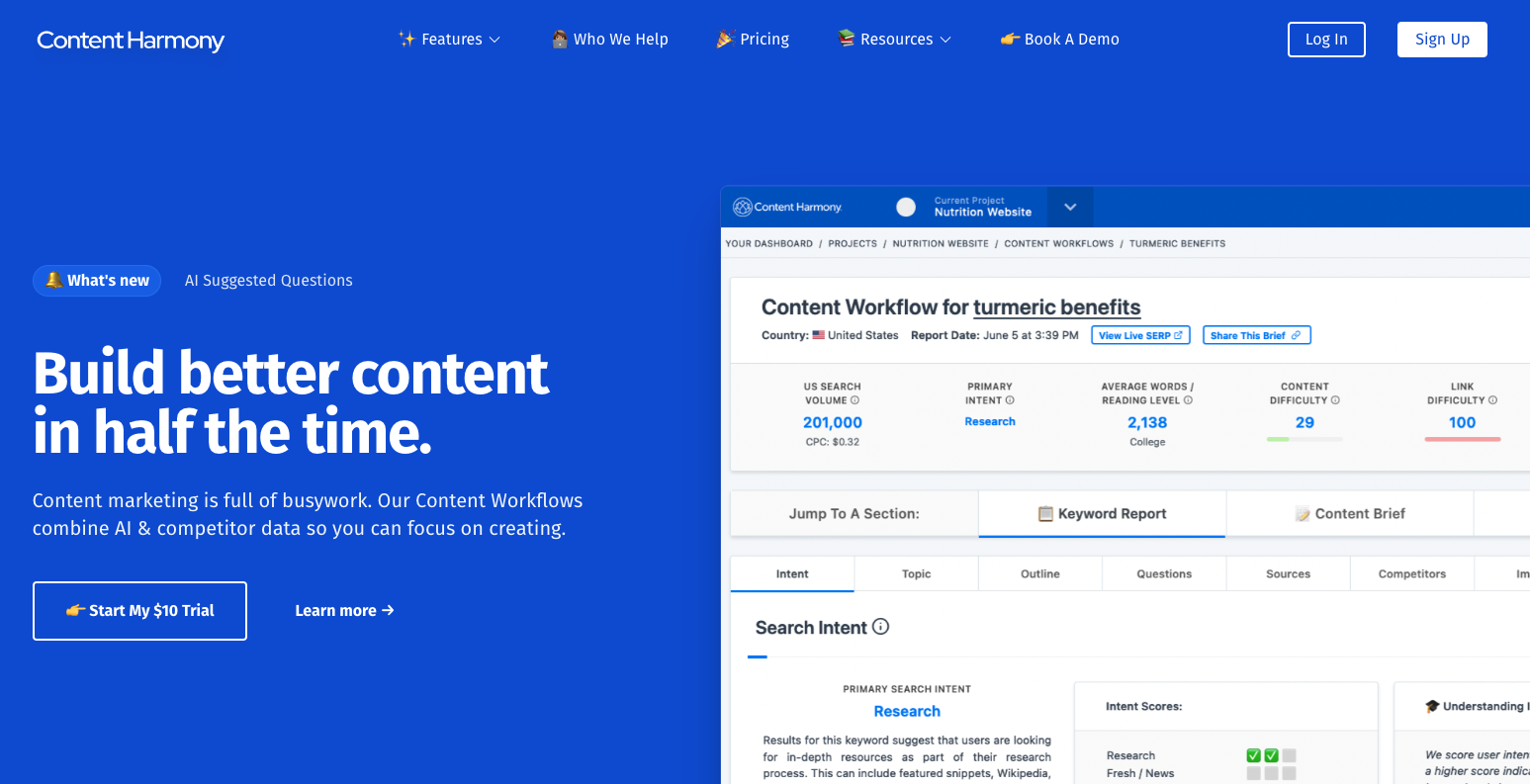
Content Harmony: What It Does
- Keyword Research: Analyzes search intent, identifies relevant keywords and questions, and provides competitor outlines.
- Content Briefs: Generates structured content briefs with key insights, recommended headings, and linking opportunities.
- Content Grader: Evaluates content drafts against the generated brief to ensure comprehensiveness and SEO alignment.
Key Features of Content Harmony
AI-driven search intent analysis
Detailed, customizable content briefs
Content grading and optimization suggestions
Collaboration features for teams
Integration with Google Search Console
Who is Content Harmony For?
Content marketing teams focused on creating high-quality, SEO-driven content
Agencies looking to standardize their content briefing process
Businesses seeking to improve content strategy and ROI
Pros of Content Harmony
- Data-Driven Content Strategy: Leverages search intent and competitor analysis for informed content creation.
- Streamlined Workflow: Standardized briefs and grading tools enhance team collaboration and efficiency.
- Content Quality Improvement: Focus on key insights and optimization suggestions ensures high-performing content.
Cons of Content Harmony
- Limited Content Generation: Primarily focuses on research and briefing, requiring external tools for content creation.
- Pricing Based on Usage: Can become expensive for high-volume content producers.
Comprehensive content research and analysis
Structured content briefs for improved workflow
Content grading and optimization features
Does not include content generation capabilities
Usage-based pricing may not suit all budgets
Content Harmony Pricing
Usage-based pricing starting at $199/month for 25 content workflows.
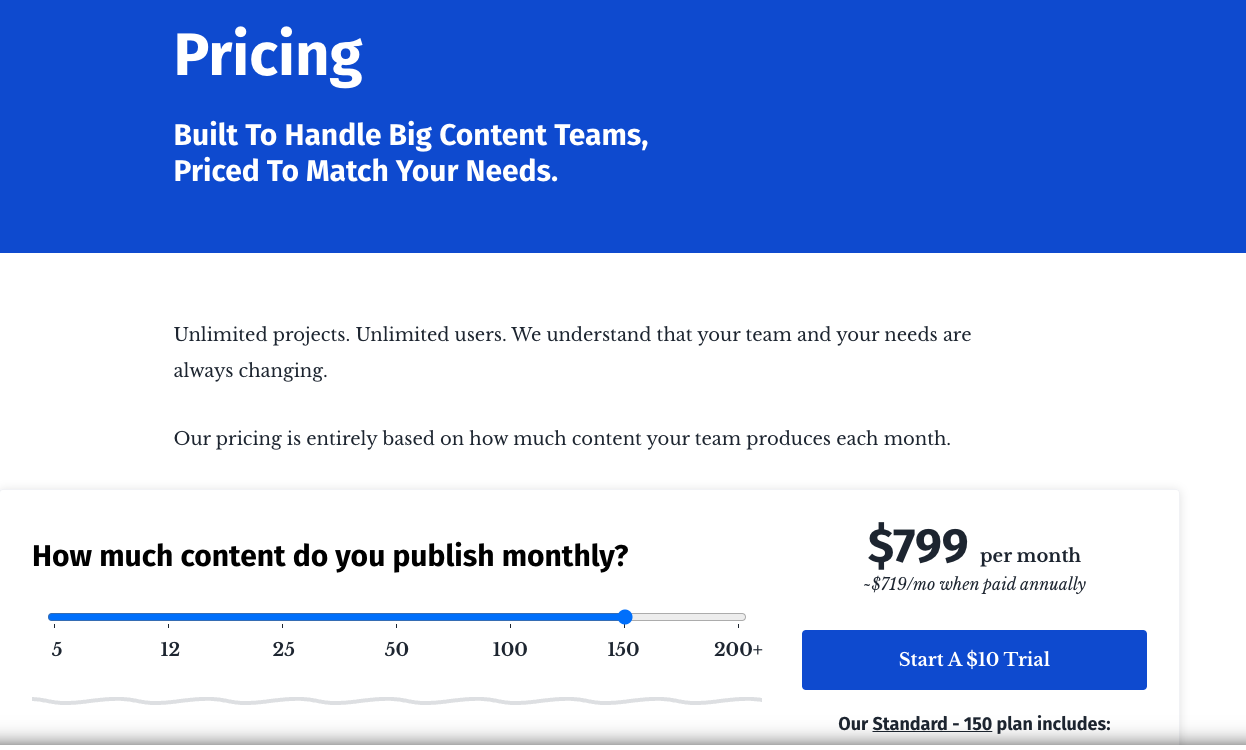
What Users Say About Content Harmony
Content Harmony receives positive feedback for its intuitive platform, detailed briefs, and impactful content strategy guidance.
What’s Missing in Content Harmony
Integrating a content generation tool within the platform would enhance its value proposition.
Final Thoughts on Content Harmony
Content Harmony excels at providing data-driven insights and structured workflows to create high-quality content that ranks.
Dashword
Dashword focuses on empowering content creators and marketers to produce high-quality, SEO-optimized content efficiently. With its intuitive content brief builder and real-time optimization suggestions, Dashword aims to elevate content quality while boosting organic visibility.
Dashword: Overview
Dashword is a content marketing platform specializing in content brief creation, SEO optimization, and content performance monitoring.
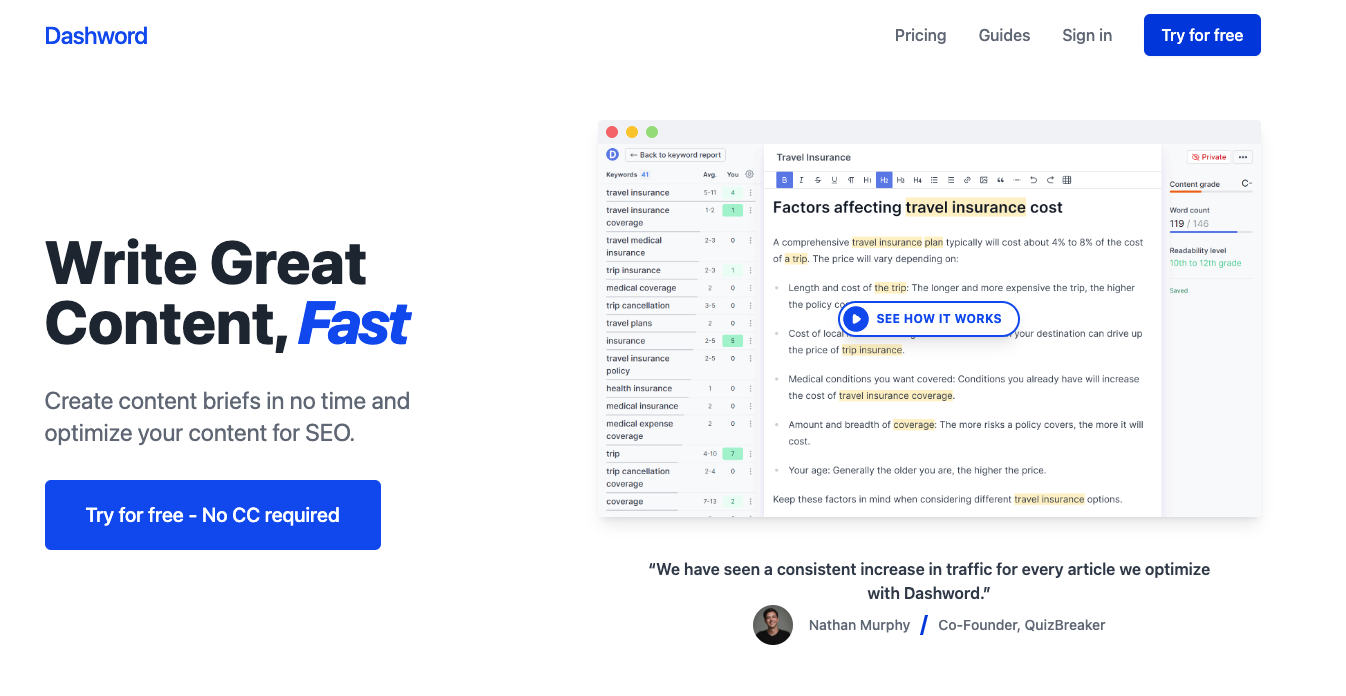
Dashword: What It Does
- Content Brief Builder: Helps create detailed briefs with keyword research, competitor analysis, and content structure suggestions.
- Content Optimization: Provides real-time feedback and scoring based on SEO best practices.
- Content Monitoring: Tracks content performance, identifies underperforming pages, and suggests updates.
Key Features of Dashword
- Competitor Content Analysis: Extracts outlines and key topics from competitor articles for inspiration and strategic content planning.
- Interactive Content Brief Builder: Facilitates collaborative brief creation with an easy-to-use interface.
- Real-Time SEO Feedback: Scores content based on keyword usage, readability, and other SEO factors.
- Automated Content Monitoring: Tracks keyword rankings, traffic trends, and alerts users to content requiring updates.
Who is Dashword For?
Content marketing teams looking to streamline their content creation process.
Businesses wanting to improve the quality and SEO performance of their content.
Agencies managing content creation for multiple clients.
Pros of Dashword
- Content Quality Focus: Emphasizes creating high-quality, well-researched content.
- Collaborative Brief Creation: Facilitates seamless teamwork on content strategy and development.
- Data-Driven Optimization: Provides clear, actionable insights to improve content performance.
- Time-Saving Automation: Automates content monitoring and reporting, freeing up time for strategic tasks.
Cons of Dashword
- Less Comprehensive SEO Features: Lacks some of the all-in-one capabilities offered by Seorocket, such as keyword research and automated publishing.
- Content Optimization Limited to On-Page Factors: Doesn’t offer tools for off-page SEO optimization like link building.
- Pricing May Be Prohibitive for Small Businesses: The Business plan, which includes content monitoring and more extensive features, might be costly for smaller companies or individual bloggers.
Streamlined content brief creation
Real-time SEO optimization feedback
Content performance monitoring and reporting
Collaborative features for teams
Not a full-fledged SEO suite
Focus primarily on on-page optimization
Pricing may be high for smaller businesses
Dashword Pricing
- Startup: $99/month
- Business: Custom pricing (starts at $349/month)
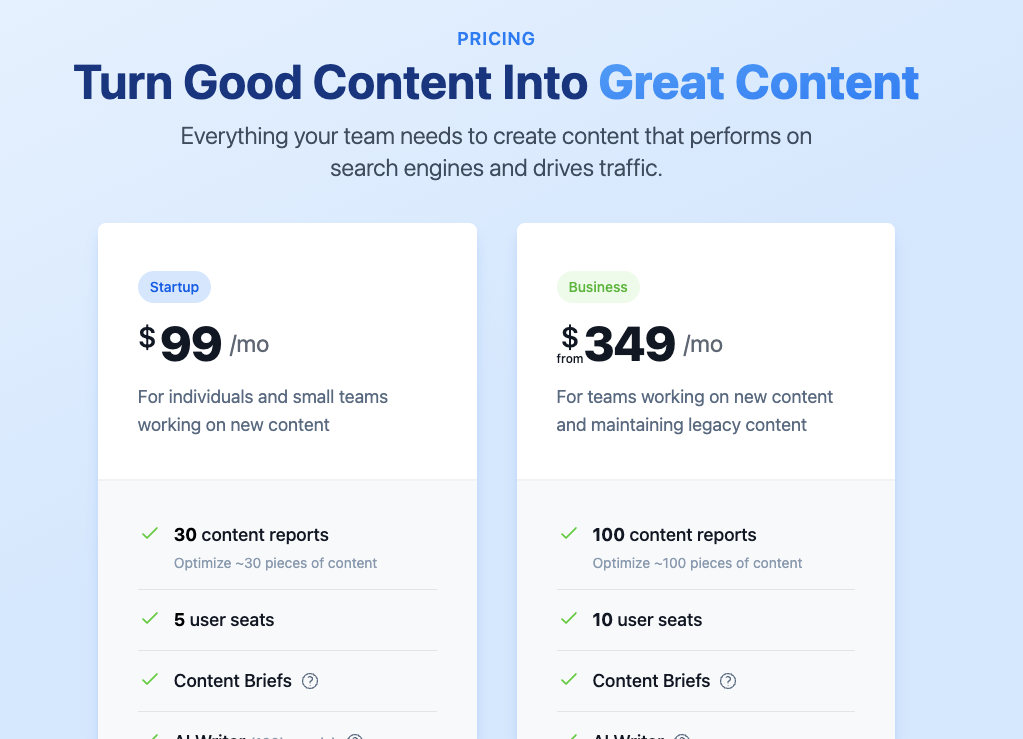
What Users Say About Dashword
Users praise Dashword for its ability to simplify content creation, improve content quality, and increase organic traffic. Many highlight the user-friendly interface and helpful content optimization suggestions.
What’s Missing in Dashword
Keyword Research Tools: Requires users to rely on external tools for comprehensive keyword research.
Content Generation Capabilities: Doesn’t offer AI-powered content writing features.
Limited Integrations: Could benefit from a wider range of integrations with popular marketing tools.
Final Thoughts on Dashword
Dashword shines as a powerful content marketing platform ideal for businesses prioritizing high-quality, SEO-optimized content. Its focus on streamlining the content creation process, providing data-driven optimization suggestions, and monitoring performance makes it a valuable asset for content-focused teams. However, companies seeking a complete SEO suite with keyword research, content generation, and a wider range of features may need to consider other platforms or supplement Dashword with additional tools.
Content Harmony vs Dashword: Which One Should You Choose?
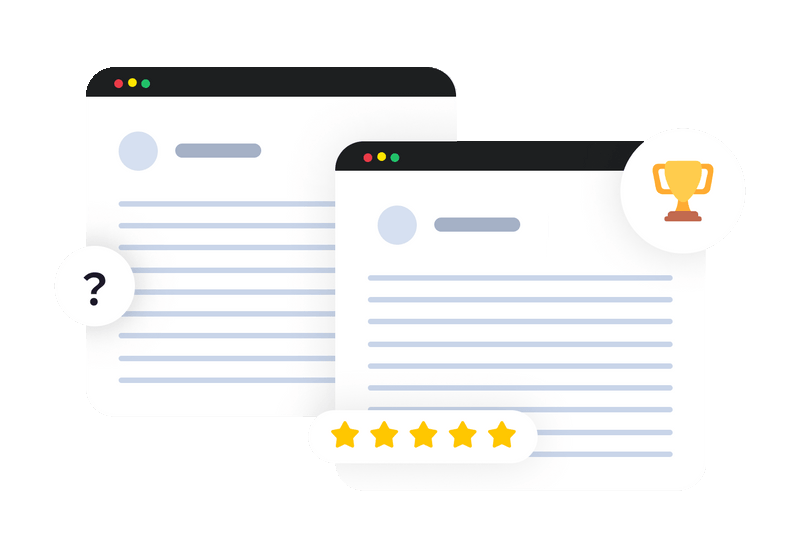
Choose Content Harmony if:
– Your primary focus is on creating high-quality, SEO-optimized content based on in-depth research.
– You need a structured content briefing process to improve team collaboration and content consistency.
– You’re willing to invest in a platform that prioritizes data-driven content strategy and performance.
Choose Dashword If:
– You prioritize creating high-quality, well-researched content and want a platform dedicated to content optimization.
– You value collaborative features and need a tool that facilitates teamwork on content strategy and creation.
– You seek data-driven insights and actionable suggestions to improve your content’s SEO performance.
search engines ranking patterns to create content that dominates
searches, all without penalty risk.

Why Consider SEOrocket Over Content Harmony and Dashword?
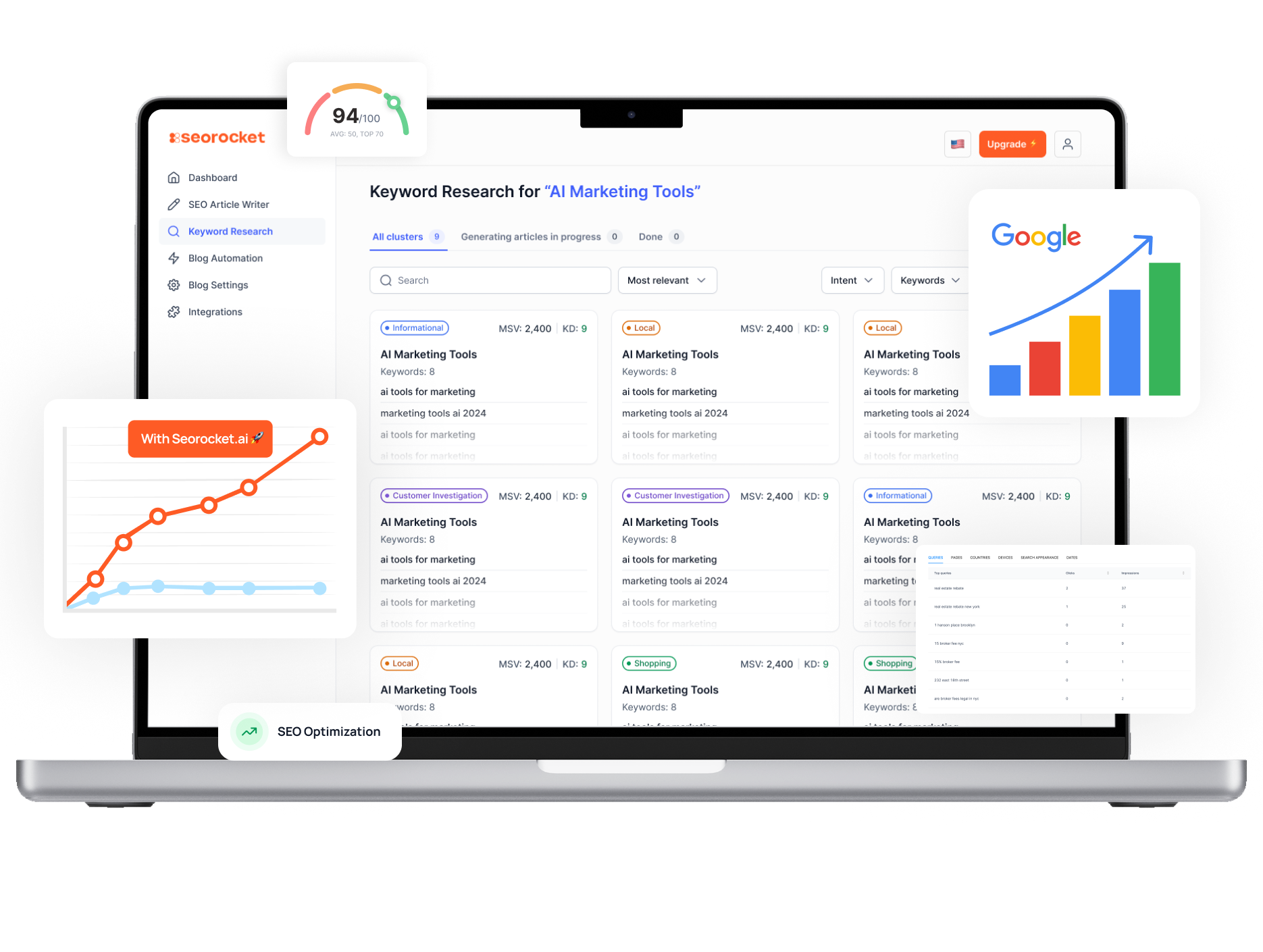
While Content Harmony and Dashword AI are strong contenders in the content optimization and generation landscape, Seorocket stands out as a comprehensive and cost-effective alternative. Here’s why:
By choosing Seorocket, you can streamline your content marketing efforts, save time and resources, and achieve significant improvements in your search engine rankings.




